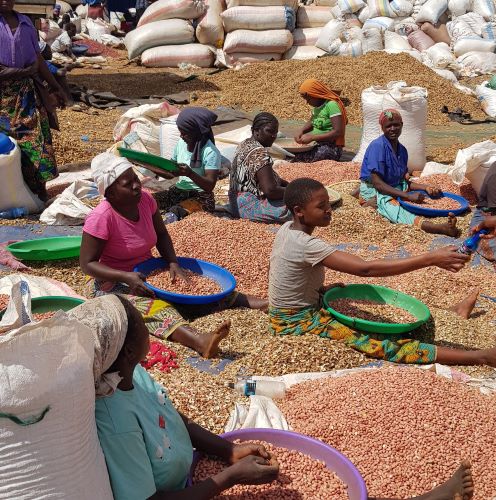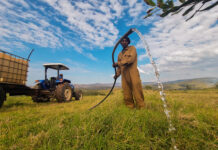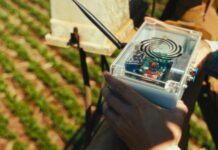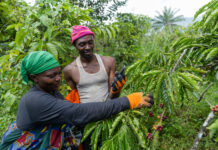Results of a detailed multi-stakeholder assessment conducted from 14 February to March 1, 2022 in Tanzania has revealed the impact of the drought and related needs.
According to the International Federation of Red Cross and Red Crescent Societies (IFRC), the situation is still unfolding, there is a dire need to address its effects now.
“The Climate Outlook for November 2021 – April 2022 (NDJFMA) Rainfall Season indicated that rains were likely to be below normal over some regions in the country which may result in water levels in rivers, reservoirs and a decrease in aquifer recharge were likely to occur in areas where below normal rainfall is expected,” the IFRC said in statement Wednesday.
“From November 2021 to January 2022 prolonged periods of dry spells were experienced and a forecasted slight increase in rainfall was expected in March 2022.”
The Tanzania Food and Nutrition Security Analysis System known in Swahili as ‘Mfumo wa Uchambuzi wa Uhakika wa Chakula na Lishe’ (MUCHALU) framework actioned by conducting the IPC, in November 2021, and highlighted some areas representing different livelihood zones proximity to represent the entire zones.
“From the IPC results, the four district councils of Handeni, Longido, Mkinga, and Monduli will also remain classified in IPC Phase 3 (Crisis). In February 2022, a Comprehensive Food Security and Nutrition Assessment Report Coordinated by the National Food Security Division – Ministry of Agriculture and Disaster Management Department-Prime Minister Office highlighted the projection of the drought for the projected period of analysis (May – September 2022).
“The report shows the number of people facing high levels of acute food insecurity is expected to increase, representing 17% of the population, compared against 13% in the current period of analysis. This is due to anticipated inadequate rainfall, which is expected to be normal to below normal. This is likely to contribute to the low production of food crops and livestock, which will, in turn, lead to decreasing food stocks available at the household level, as a majority of households depend on rain-fed farming and agro-pastoralism.
“As a consequence of low production, prices are also projected to increase and will negatively impact food access. It is projected that about 497,000 people (14% of the population analyzed) will be in Crisis (IPC Phase 3) and about 95,000 people (3% of the population analyzed) will be in an Emergency (IPC Phase 4). Around 929,000 people (26% of the population analyzed) are projected to be in a Stressed situation (IPC Phase 2).
According to IFRC, in December 2021, the situation went worse, impacts of the forecast were experienced in the Nothern Maasai pastoralist Livelihood Zone in the Arusha region which includes parts of Longido and Monduli districts and Manyara regions, Simanjiro, and Kiteto where the prolonged dry spell from November 2021 to 15 January 2022 resulted to a severe shortage of pasture and water for livestock in this zone.
“TRCS in collaboration with Government Authorities conducted an assessment in the most affected and targeted areas, which are predominantly occupied by the Maasai community whose source of livelihood depends on the livestock. During the assessment, it was realized more than 60,000 animals were dead, some of the carcasses were found in the boma, communities went for several coping mechanisms, positive and negative to rescue the situation, the triggering factor being reduced forage and water to accommodate peoples’ animals.
“Among the coping mechanisms included migration and concentration of livestock in better grazing areas away from their domiciles. Utilisation of family food stocks to feed livestock, and spending some resources to buy animal food supplements mainly impacted families’ economy. Apart from economic loss, communities are psychologically affected and require counseling.
IFRC said despite these interventions, the situation remained worrisome because of the prolonged dry spells which were expected to regain from the March-May rain season, which has not taken place so far.








